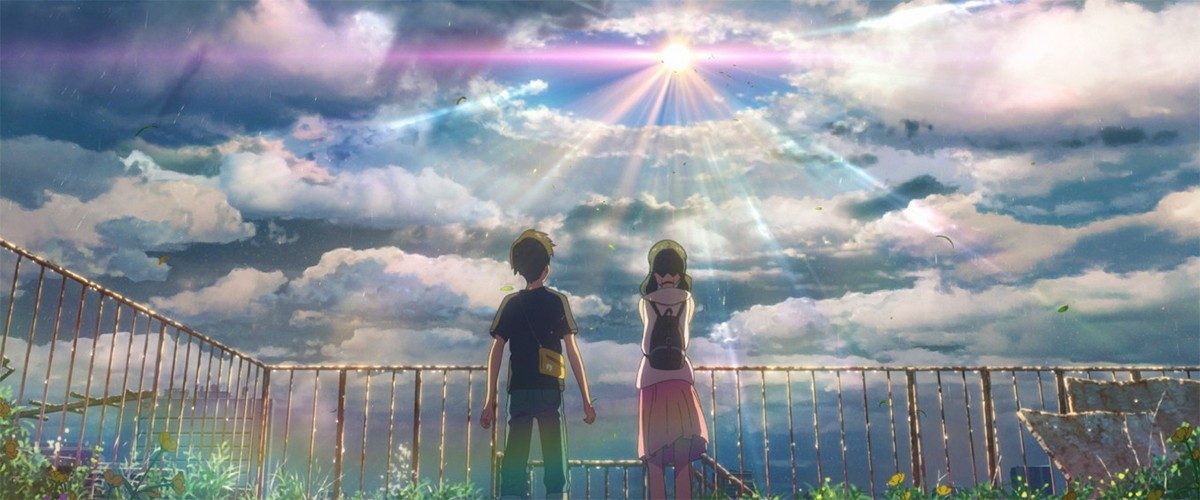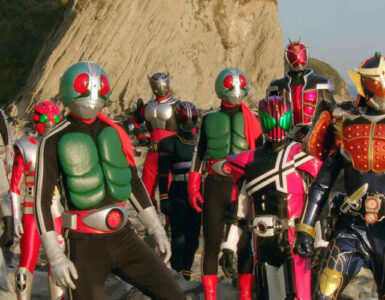Makoto Shinkai first gained fame with his cinematic masterpiece Your Name back in 2016, where it went on to not only make a huge splash amongst fans and critics alike, it also became the highest-grossing anime film in Japan ever.
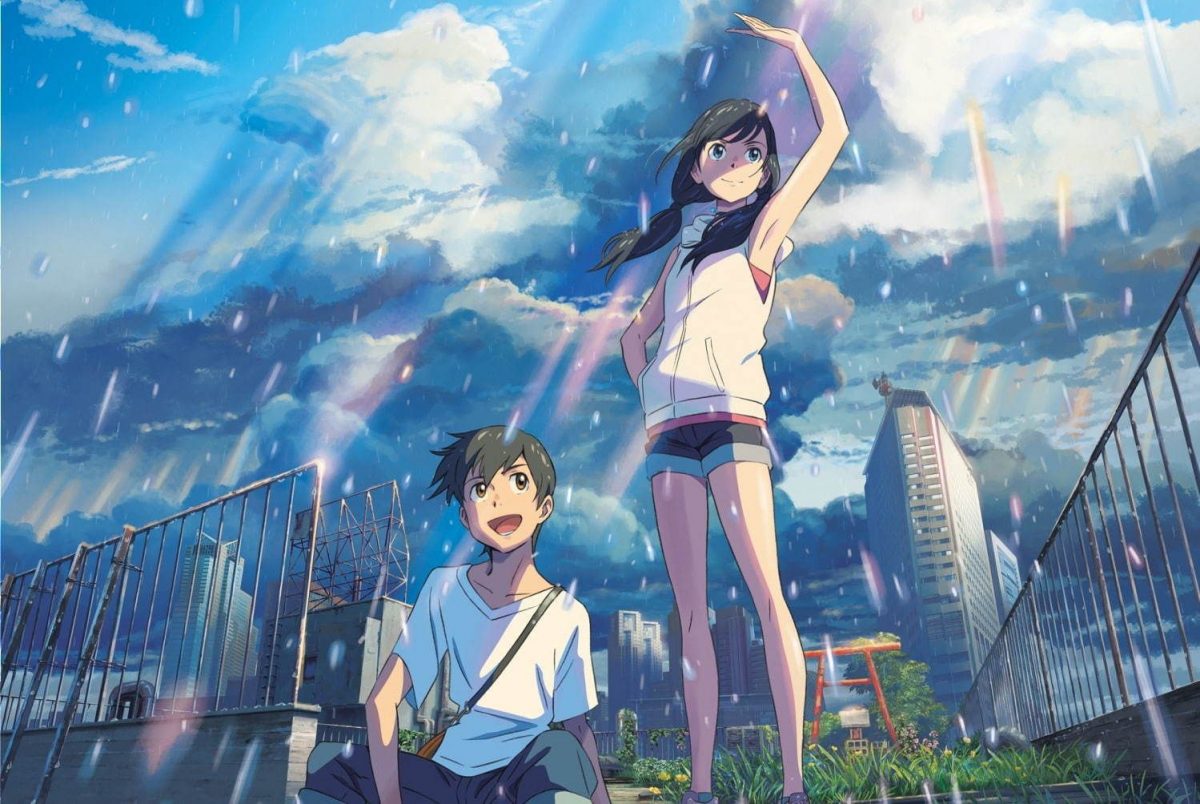
Three years later, Shinkai is back with his follow-up film, Weathering with You, which shares many stylistic and (some) thematic similarities with Your Name, but while it is a great movie, it’s not as perfect as his first masterpiece.
Due warning for those who have not watched the film, as we will be delving into some spoilers.
Weathering With You follows high school student Hodaka Morishima as he escapes from his hometown to the bustling Tokyo, where it never seems to stop raining. From there we see him trying his best to find a job, only to turn up bust and end up working for Suga Keisuke, a man he met on the boat ride over to Tokyo. Through this job, he ends up befriending a young orphaned girl named Hina Amano, who turns out to be the rumoured Hare-Onna, or Sunshine Girl, that Suga is actually looking for.
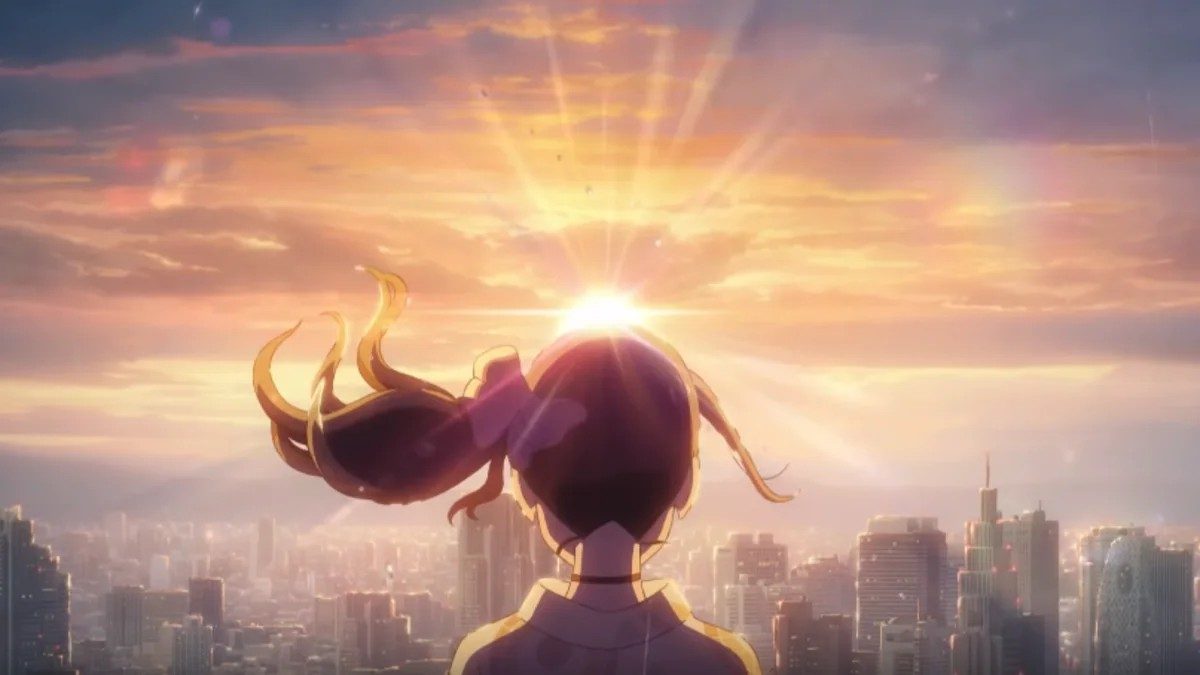
After a series of chance encounters, the pair quickly become friends and start falling for each other, as they often do in a Makoto Shinkai film. As the film progresses, we see Hina is called Sunshine Girl as she has the ability to stop the rain and bring in sunlight to Tokyo. Though of course, all good things come at a price, and the pair soon discovers that the price for Hina’s abilities is, unfortunately, painfully steep.
When watching the film, it is easy to constantly compare it to Your Name, especially when both of its central characters make a cameo appearance in the film. It seems both films are taking place in the same universe, which raises the question as to whether the rest of Shinkai’s works, such as 5 Centimetres Per Second, also take place in the same universe.
Both Your Name and Weathering With You blends multiple elements of traditional Shinto beliefs, as evident in the latter with the many Teru Teru Bozu dolls that appear throughout the shows. Teru Teru Bozu literally translates to “Sunshine Sunshine Buddhist Monk” and is a small doll often made out of white paper or cloth that is hung on one’s window as a talisman to bring good weather.
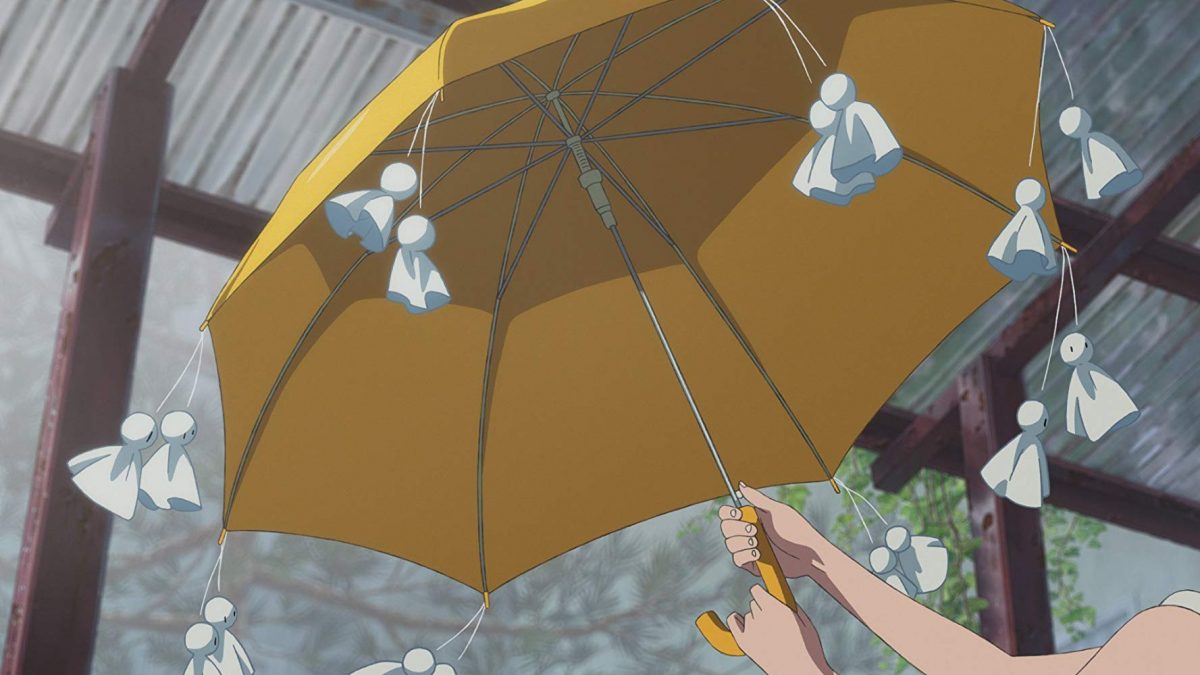
What sets Shinkai’s works apart from other Japanese anime films is how well he weaves these Shinto elements with more sci-fi characteristics, as well as how he chooses to deal with the themes explored in the film. Where Your Name touches on vanishing rural communities as well as the trauma surrounding the 2011 Great East Japan earthquake and tsunami, Weathering With You delves deep into the ways humans perceive and tackle climate change, be it by ignoring it, or by trying their best to make a difference.
A central plot device used in the film is the ever-present rain in Tokyo. Over the course of the film, numerous residents in Tokyo seek out Hina for help in praying for sunshine for important events of their lives such as a wedding, or a street bazaar. Nobody wants to walk down the aisle while drenched by the cold rain after all. The film also makes several mentions as to how the presence of sunshine positively affects people’s moods.
In the film, the rain never stops, and at one point even threatens to flood the whole of Tokyo, endangering the lives of many of its residents. Very much like how climate change will threaten the existence of not just Tokyo, but the entire world if nothing is done to slow it down.
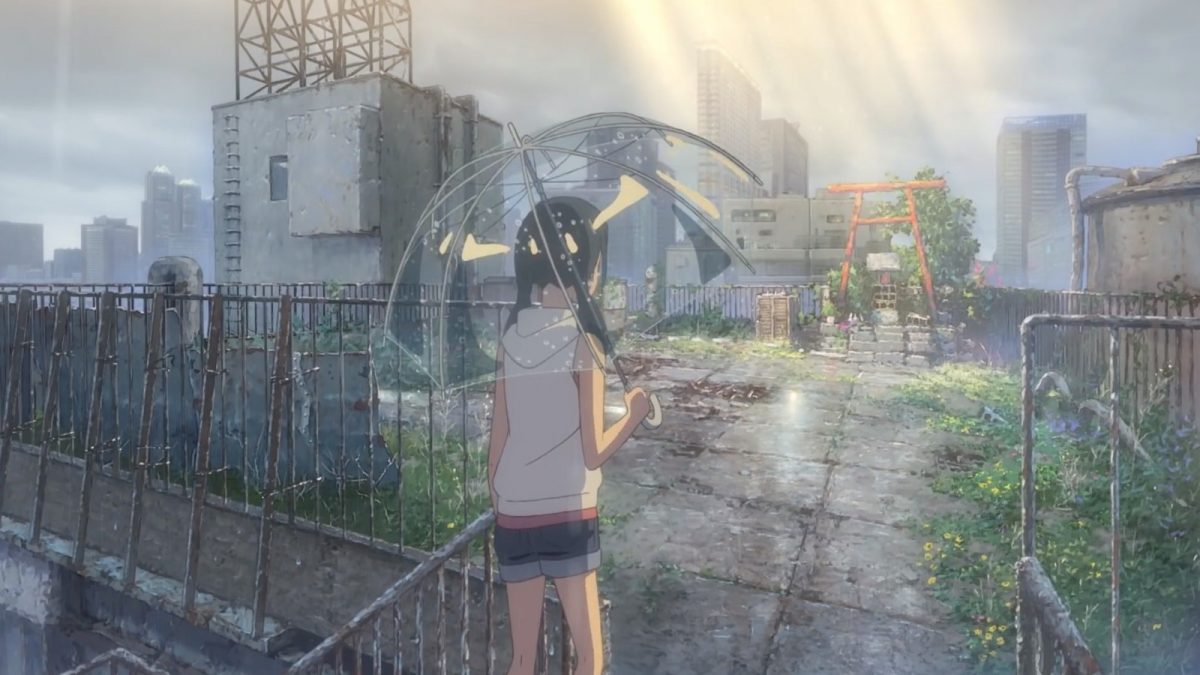
Hina’s ability to bring sunshine whenever she prays hard for it is a clear parallel to show that humans do have the power to make a difference which respects to climate change, as long as they put in the effort to do something about it. Unfortunately, much like how it is never truly that easy to deal with climate change in the real world, Hina struggles with her abilities too, and ends up having to choose between saving Tokyo, or her relationship with Hodaka.
It is at this point in the film that the biggest point of tension in the film becomes clear. Should one do what is best for society, or do what is best for your own happiness at the expense of everyone else? Taking into account the ages of our two lead characters, we suppose that we can understand the decisions that they ultimately chose to make, though it is still an incredibly selfish one, with little thought given to the consequences their actions will incur. Even by the end of the film, we are left wondering, “Is that it?” We guess one way to put it is that the ending can also be a metaphor for how there is still no clear ending to the ever-looming threat of climate change.
The film also leaves several plot points dangling by the time the credits roll over, such as the mysterious handgun that Hodaka finds, the many water fishes found swimming in Tokyo, and Hodaka’s reason for fleeing to Tokyo.
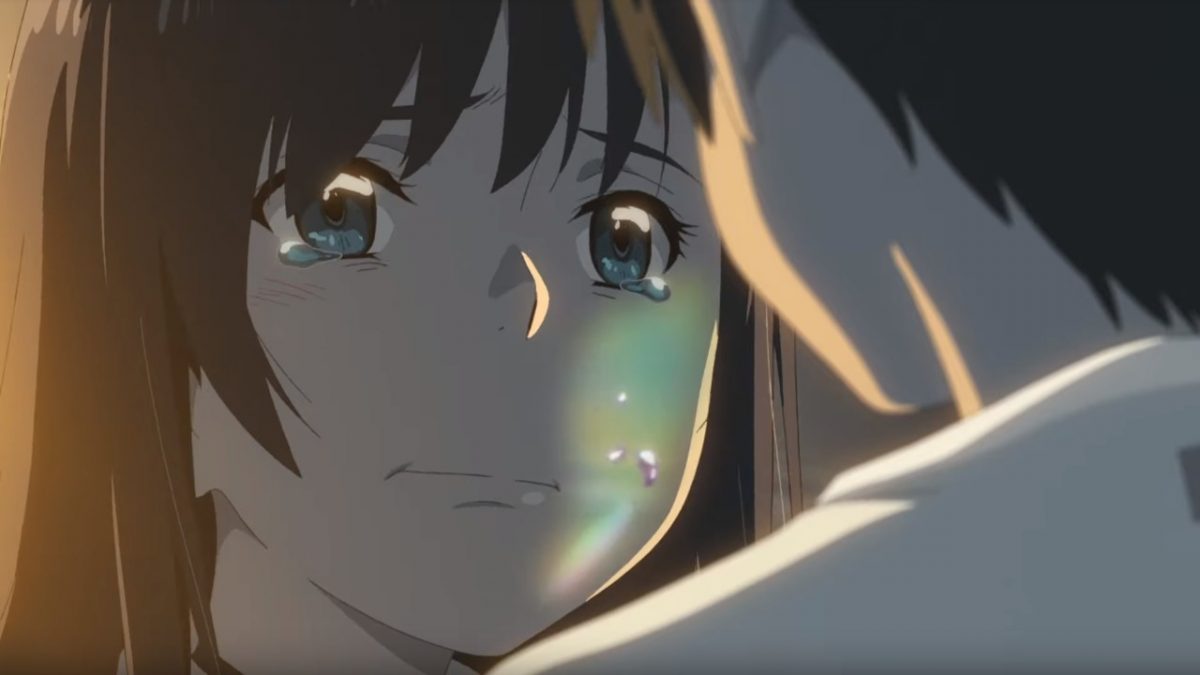
Though we firmly believe that a movie is only as good as its ending, Weathering With You still is very much worth watching. With his stunning animations and amazing ability to weave traditional Japanese religion flawlessly with modern elements in his film, Weathering With You is a definite must-watch for any fans of anime and Shinkai’s works.
Perhaps the biggest set back for Weathering With You is the fact that it is the immediate follow-up to the immensely successful Your Name. Luckily for Shinkai, his next film will not have this issue anymore.
GEEK REVIEW SCORE
Summary
Though it falters a little with regards to its story writing, Weathering With You is still a visually stunning show that is worth a watch if you are a fan of anime or Makoto Shinkai’s works.
Overall
7.4/10-
Story - 7/10
7/10
-
Direction - 8/10
8/10
-
Characterisation - 7.5/10
7.5/10
-
Geek Satisfaction - 7/10
7/10

